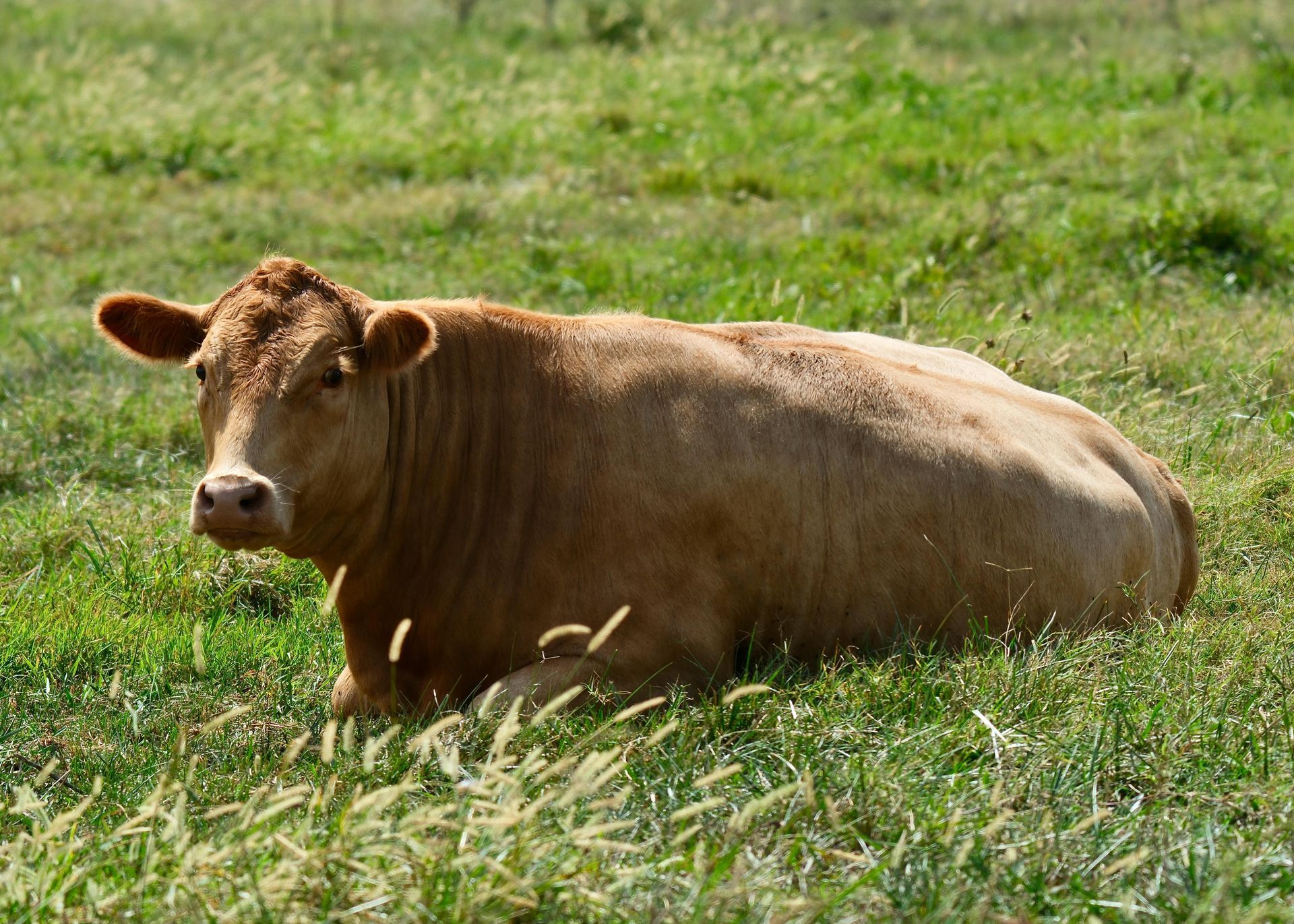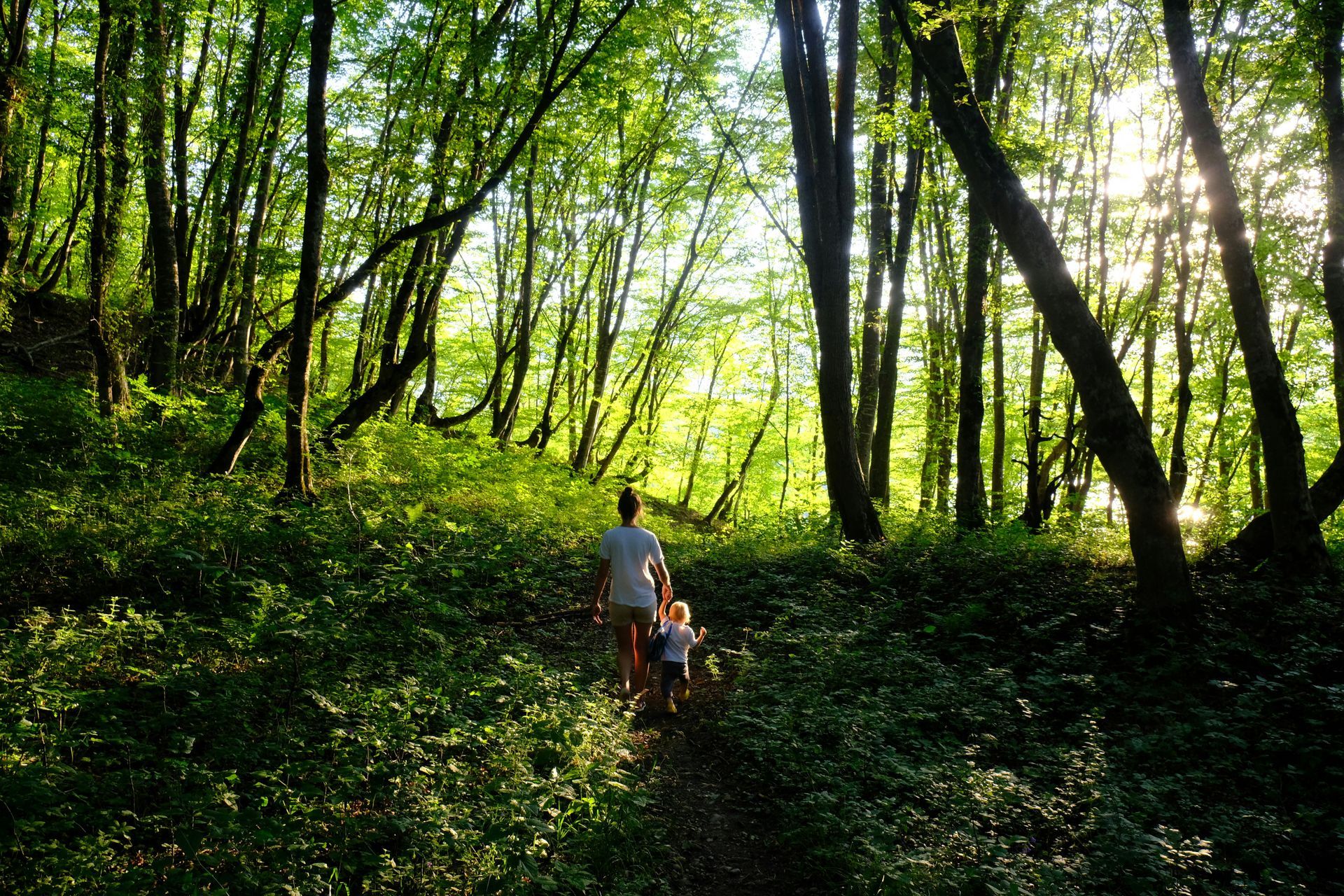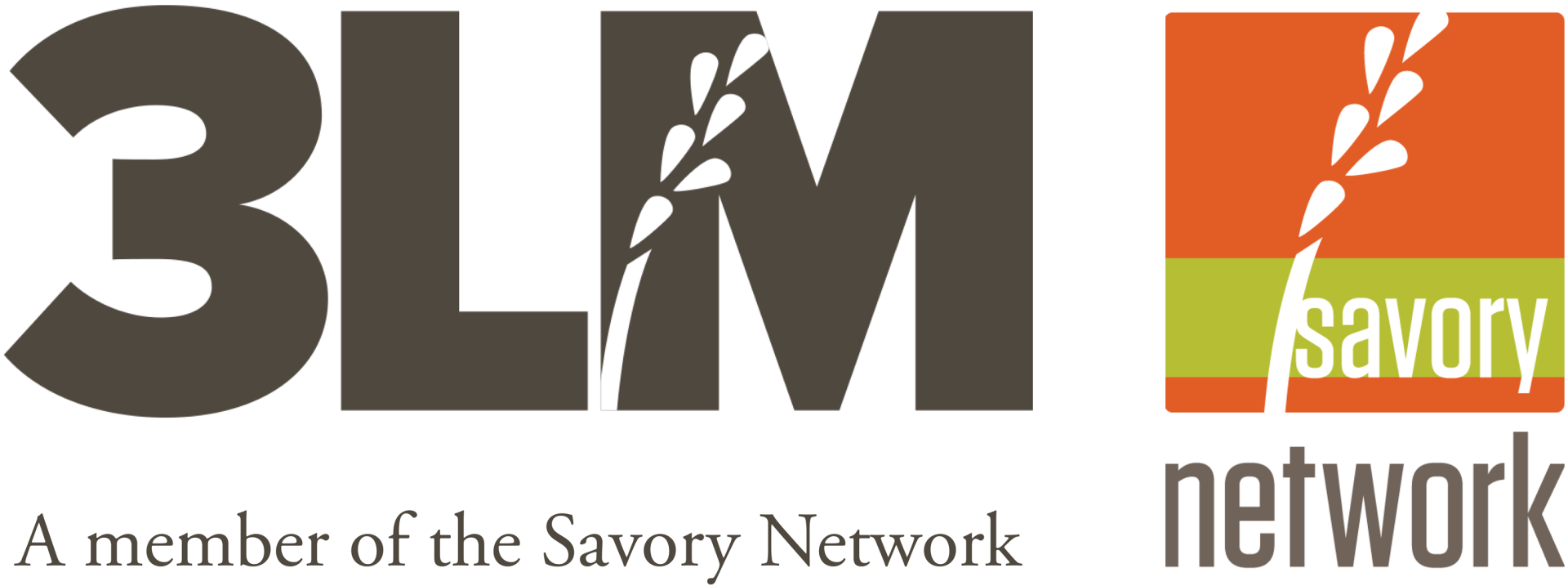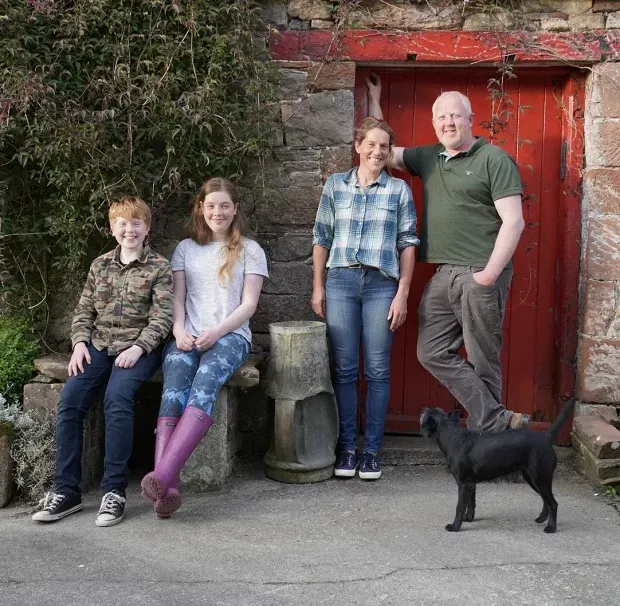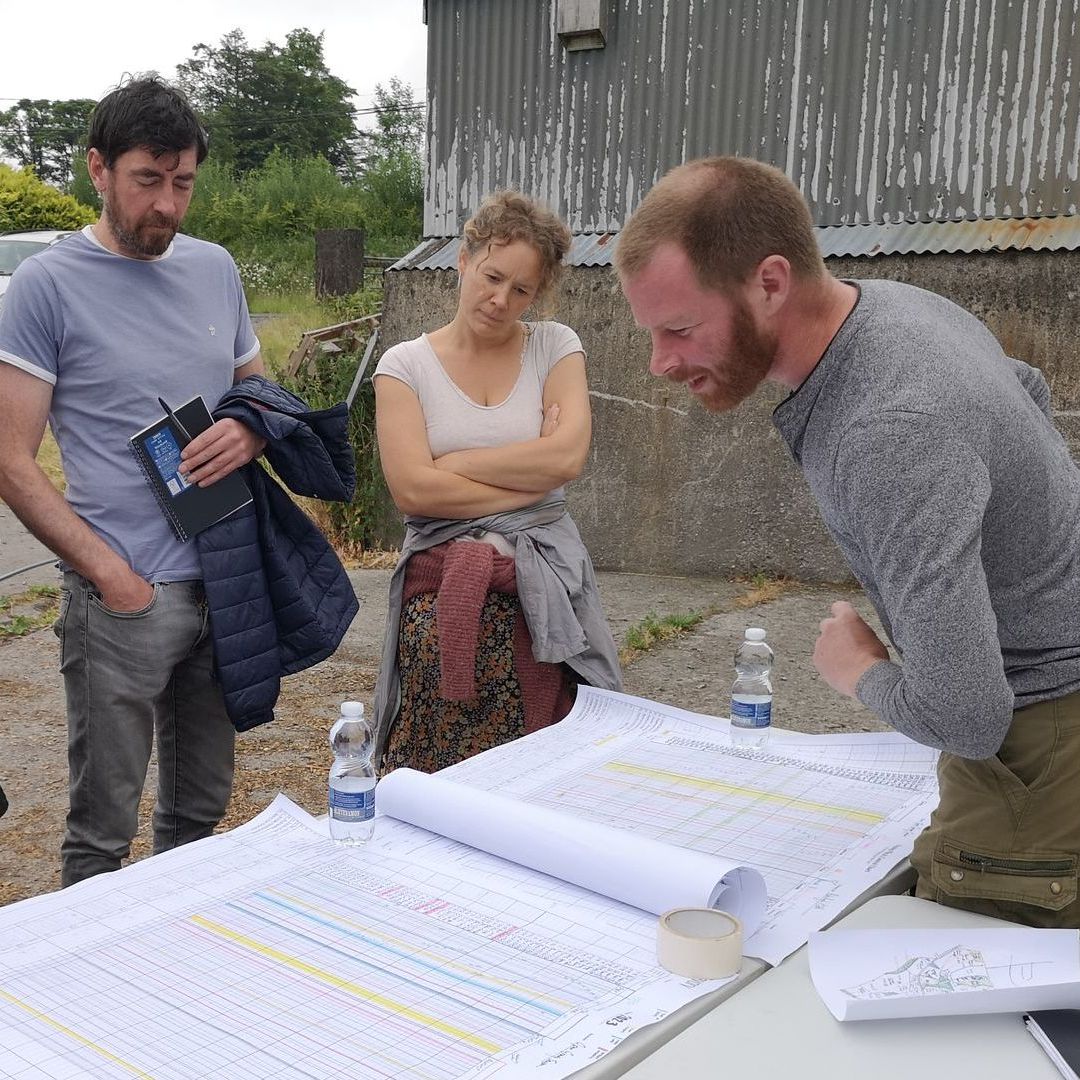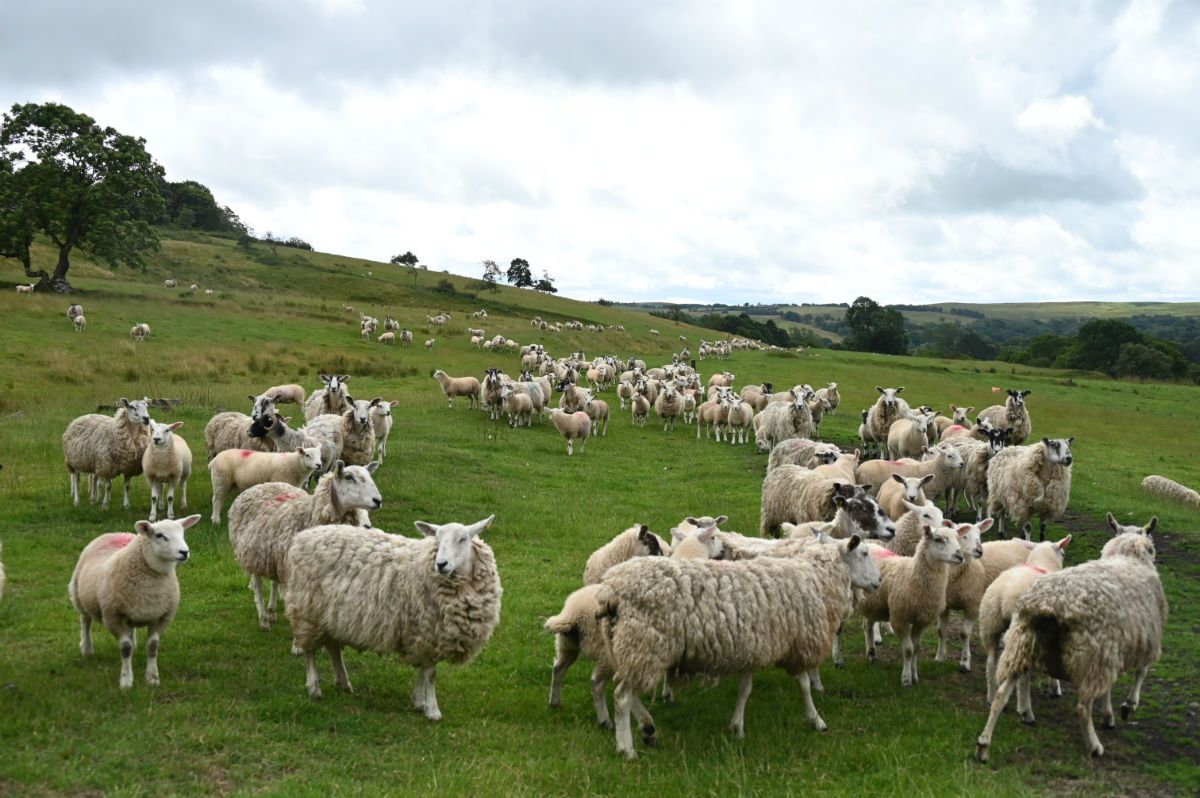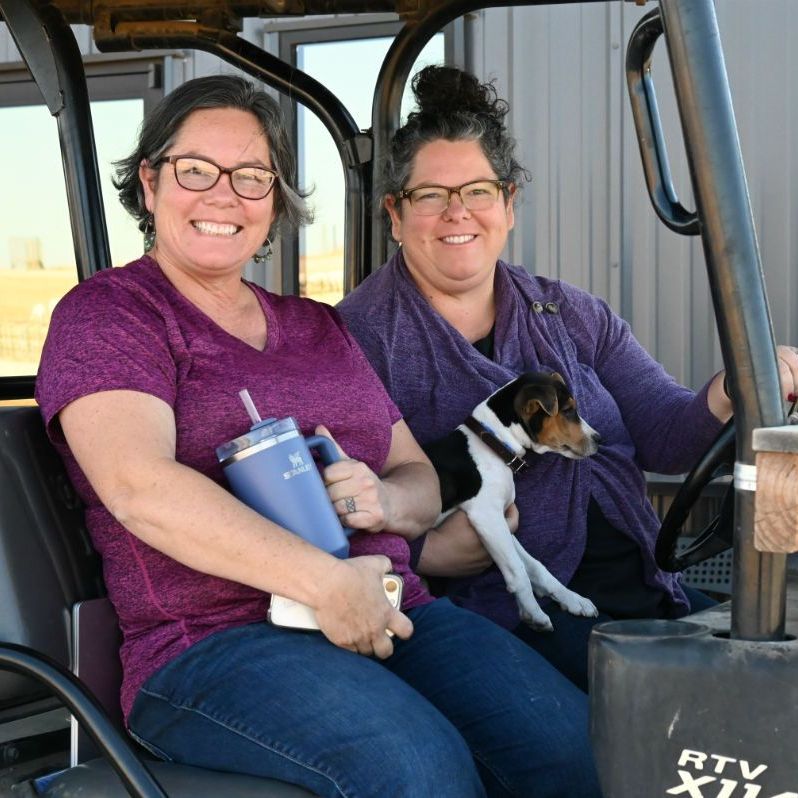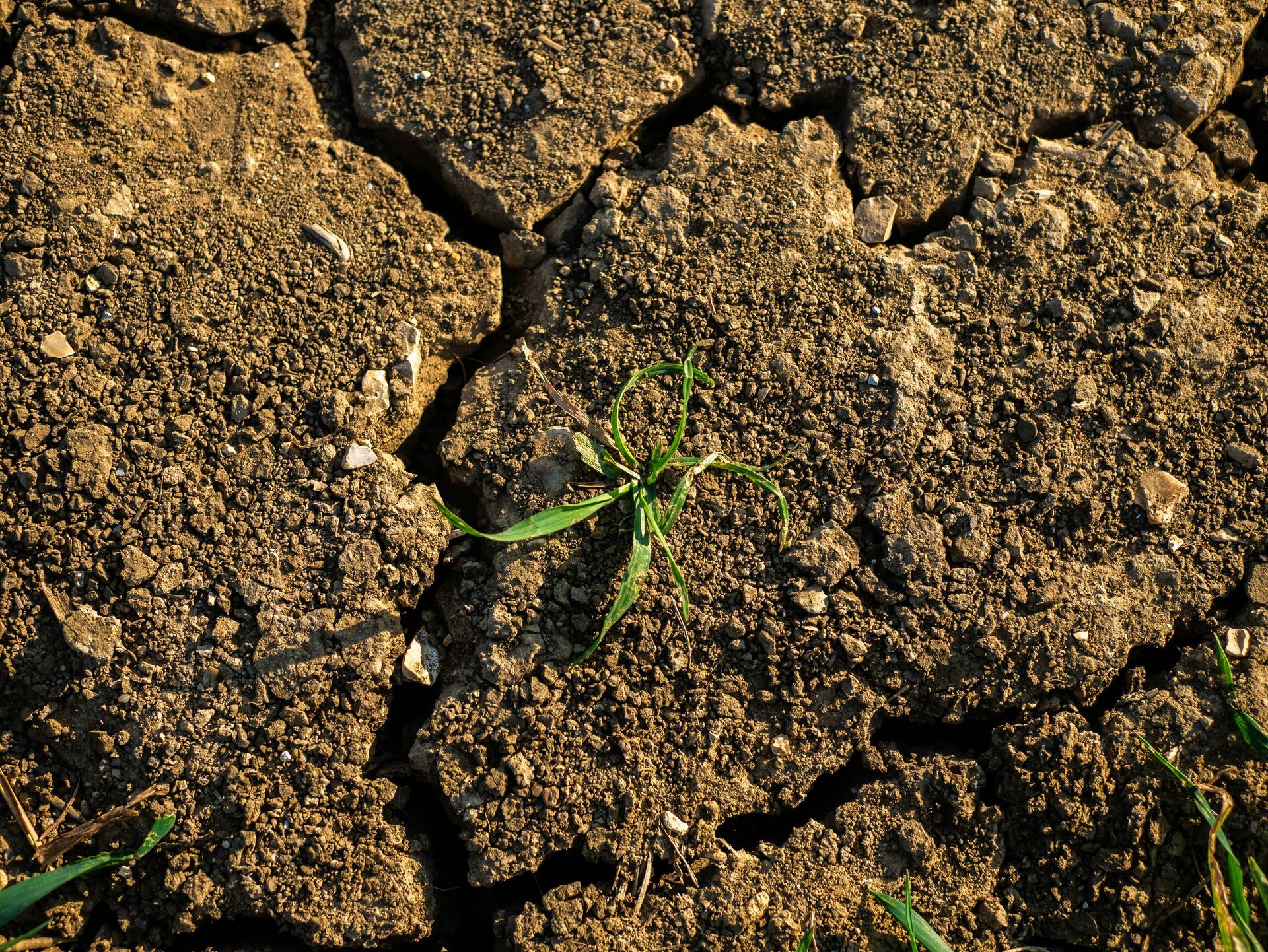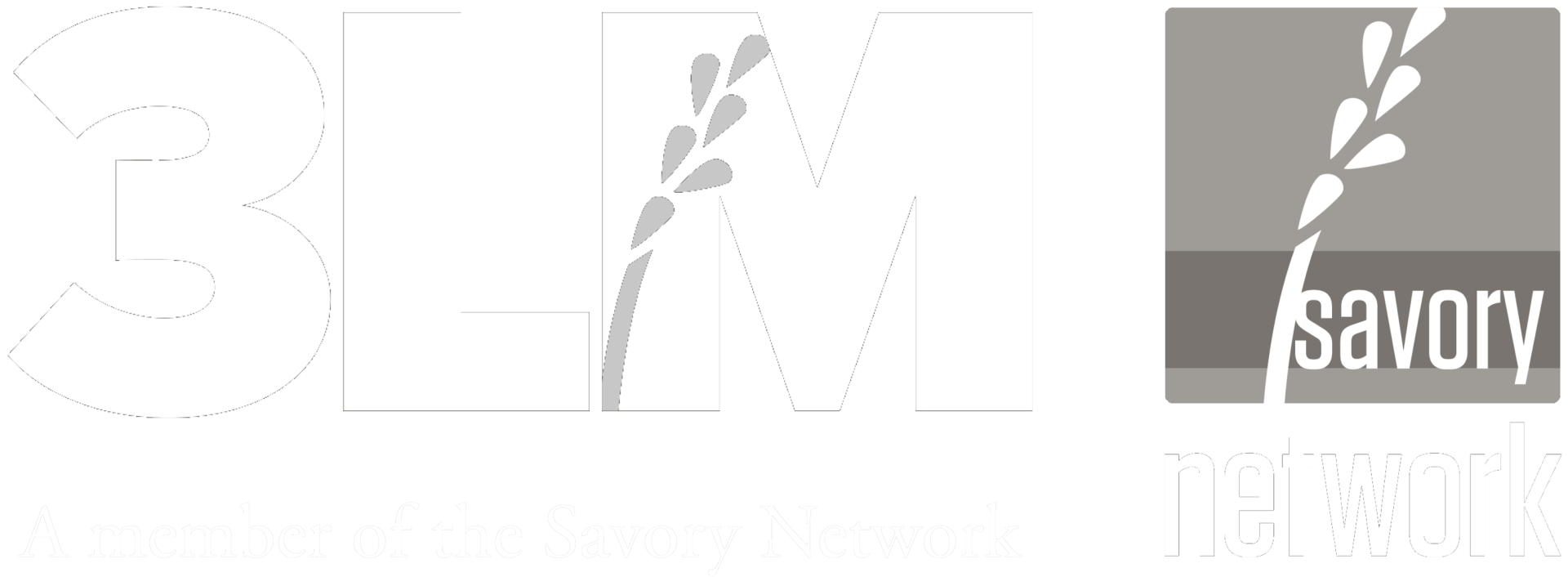Patagonia to The Mendips
At its core, Holistic Management is about making decisions that align with long-term ecological health, economic viability, and social well-being, no matter where on earth.
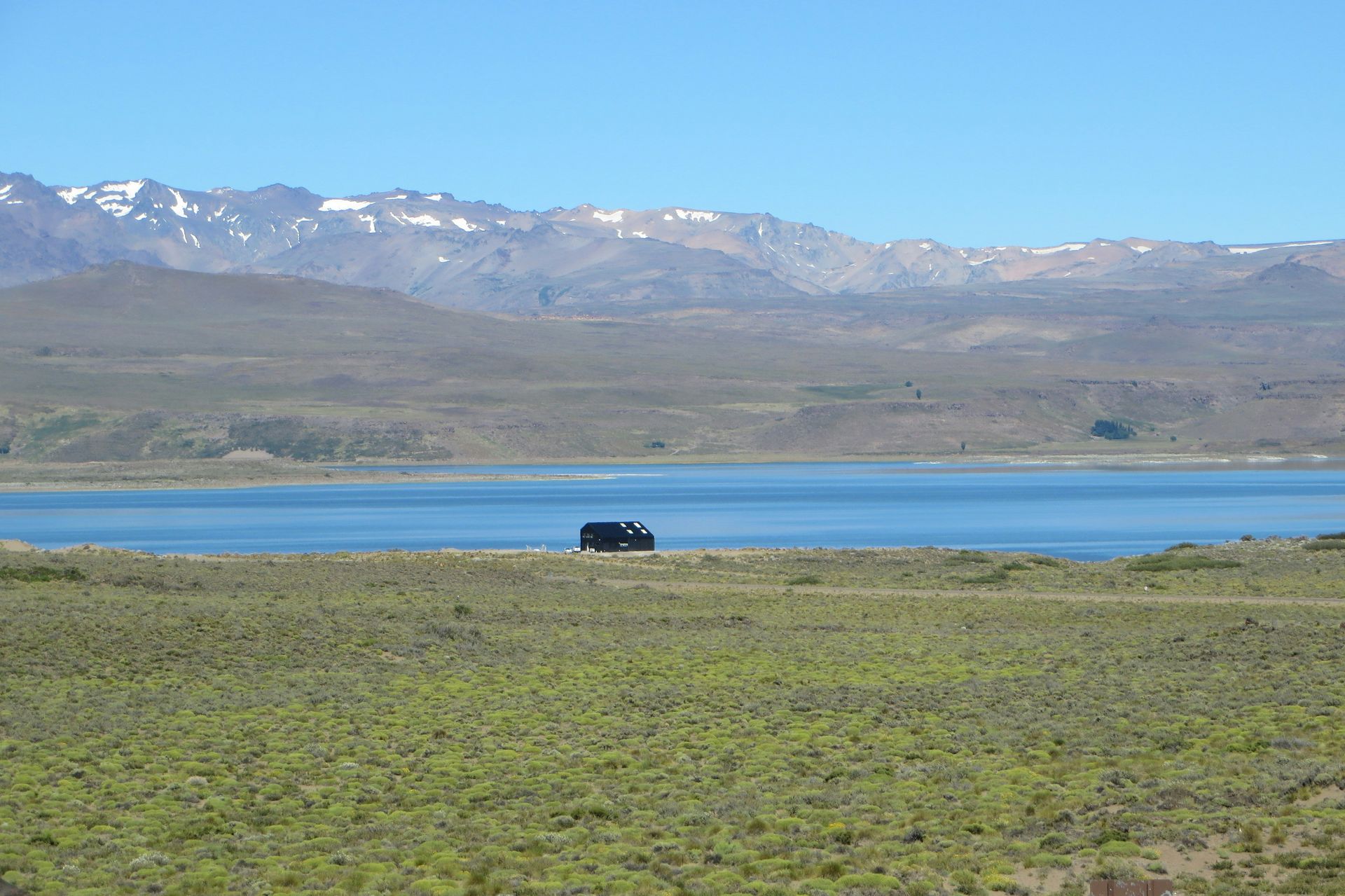
Image: Patagonia - The World Wildlife Fund gives the ecoregion a status of "Vulnerable". Few people live in the ecoregion. However, grazing livestock and introduced animals have destroyed the natural grassland, particularly tussock grass. Where the sparse vegetation has been damaged the soil is exposed to erosion. Overgrazing by merino sheep is turning the grassland into a desert. In the past Guanacos were the only large grazing animal, and imposed little stress on the semi-arid grasslands. Commercial sheep farming, which began at the end of the 19th century, has had a drastic impact.
In this film (above) , Jen shares how she first came across Holistic Management while researching ways to add value to wool in Patagonia. When she returned to the UK, she reached out to 3LM, the UK Savory Hub, to dive deeper into the approach.
Holistic Management is all about working with nature to restore land, support livelihoods, and build resilience. While the principles remain the same worldwide, the way they're applied depends on the local climate, ecology, and economy. Comparing the UK and Patagonia gives us a fascinating insight into how different landscapes require different management strategies.
At its heart, Holistic Management helps land managers make better decisions—ones that support ecological health, economic viability, and social well-being. Whether you're in the damp Mendip hills of Somerset or the sweeping Patagonian steppe, planned grazing plays a crucial role in regenerating land, improving soil health, and boosting biodiversity. You might assume that grazing simply depletes land, but when done right, it actually enhances key ecosystem processes like the water cycle, mineral cycle, and energy flow.
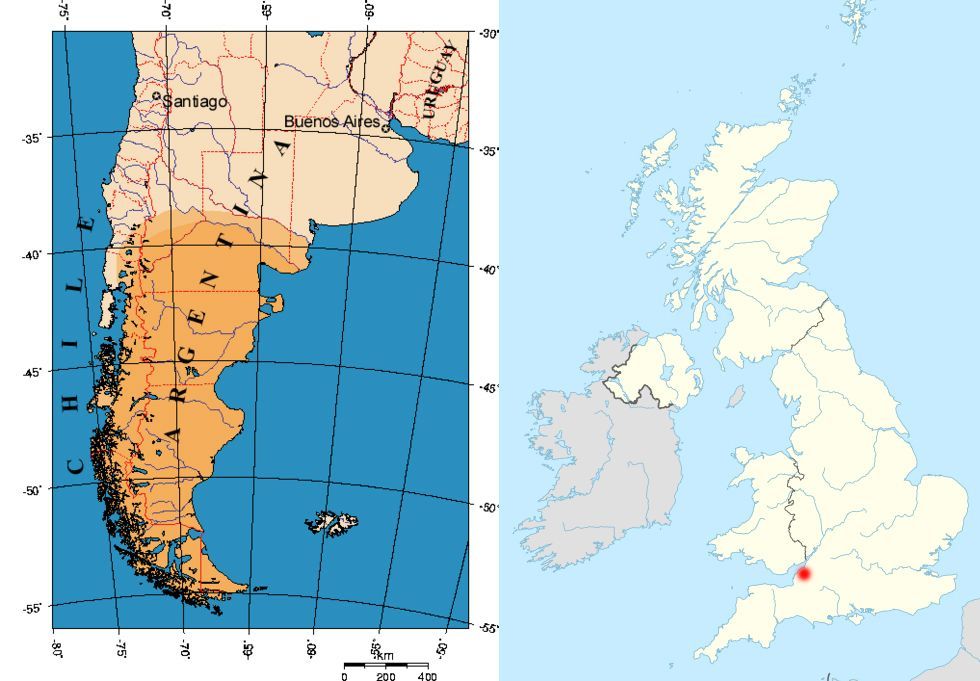
Patagonia and The Mendip Hills in Somerset are quite different landscapes but the principles of management remain the same
Brittle or non brittle?
Brittle environments, like much of Patagonia, have erratic rainfall, long dry periods, and slow decomposition rates. This makes livestock movement essential to stimulate plant growth and maintain soil health. Non-brittle environments, such as the UK (meaning wet, often!), receive more consistent moisture, allowing biological processes to break down plant matter more efficiently. In non-brittle areas, overgrazing is more about excessive time in one spot rather than lack of animal impact, whereas in brittle regions, a lack of disturbance can be just as damaging as too much.
Rainfall distribution also plays a huge role in management decisions. The UK’s high annual rainfall (800mm–2,500mm) is relatively evenly spread, meaning the challenge is often excess moisture, leading to compacted soils and nutrient runoff. In contrast, Patagonia receives far less rain (100mm–800mm per year), and what does fall often comes in short bursts, with long dry spells in between. This makes maintaining ground cover critical, as bare soil quickly loses moisture and degrades.
Soil and plant life also dictate different approaches. UK soils are often deep and rich in organic matter but need restoration after years of overgrazing and chemical use. Patagonia’s soils, in contrast, are thin and fragile, making them highly susceptible to wind erosion. You might expect that overgrazing is a problem in both places, but in Patagonia, it’s particularly risky—it can turn grasslands into deserts if not managed carefully.
Fire!
Fire is another major factor. In the UK, it’s rarely an issue as it's so wet, although controlled burning is sometimes used in upland areas to manage heather growth. But in Patagonia, fire is a serious threat, especially in dry years. Holistic Management here must account for fire risk alongside grazing strategies to ensure long-term sustainability.
Predators
Wildlife interactions also vary widely. UK farmers might have to deal with foxes and badgers, but in Patagonia, ranchers face much bigger challenges—literally. Pumas and guanacos either prey on livestock or compete for forage, making predator-friendly management techniques, like using guardian animals, a necessity rather than an option.
Humans
Then there’s the human side of things. UK farms tend to be small and shaped by government subsidies, which can make large-scale change slow. Patagonia’s vast estancias (ranches) are often privately owned and influenced by international wool and beef markets, meaning decisions are driven by different economic forces.
Holistic, not prescriptive
Unlike conventional land management approaches, Holistic Management is not prescriptive—it doesn’t impose a rigid set of rules but instead provides a framework for decision-making based on context. This is why it works in environments as different as the Mendip Hills in the UK and the arid plains of Patagonia.
By continuously adapting to ecological feedback and aligning decisions with the needs of the land, livestock, and people, Holistic Management allows farmers and ranchers to work with nature’s complexity rather than against it. Whether managing high rainfall grasslands or fragile drylands, the approach remains flexible, responsive, and ultimately effective in regenerating landscapes and supporting resilient communities.
